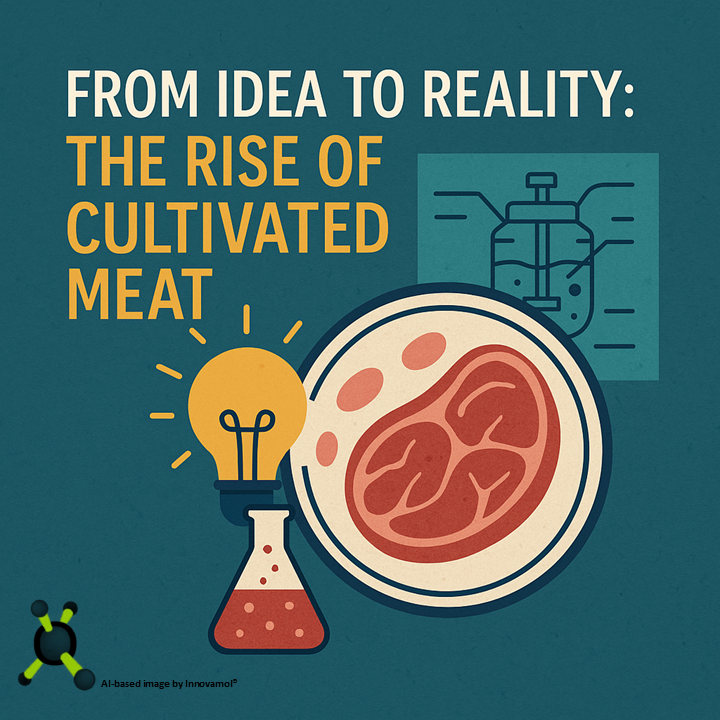Just over a decade ago, the idea of growing meat without animals belonged more to the realm of speculative fiction than supermarket shelves. But what began as a prototype in 2013 has gradually matured into a serious area of innovation, investment, and public policy. Across Europe, interest in cultivated meat is no longer confined to research labs—it’s becoming a question of market readiness, food sovereignty, and technological leadership.
While early commercial approvals in Singapore and the United States drew global attention, Europe has moved with caution. Recent events, however, indicate that this silent preparation is beginning to pay off. Companies such as Aleph Farms and Gourmey have submitted applications to bring cultivated meat products to the UK, Switzerland, and the EU. Others are exploring applications beyond human consumption, such as pet food or even space nutrition, indicating that this technology may extend far beyond premium food.
But why cultivated meat in the first place? This question is fundamental, especially as the global population approaches 10 billion by 2050. Humanity will need significantly more protein to feed everyone fairly and sustainably. Traditional animal agriculture, while central today, cannot scale indefinitely without worsening environmental degradation, resource depletion, and global inequality. Cultivated meat offers a potential pathway to provide high-quality protein without placing further strain on our ecosystems or relying on the existing inequitable food production systems.
This change is being driven by more than just advancements in science. The way that Europe views protein is changing as a result of a combination of factors, including supply chain resilience, food security, ethical issues, and climate concerns. Cultivated meat is becoming a strategic alternative in this context, not just a novelty. Today, over 50 companies on the continent are working on different parts of the ecosystem, from culture media and bioreactor design to cell lines and scaffolding materials (https://gfieurope.org/data/cultivated-meat/). This is no longer a startup experiment but it’s becoming an industrial reality.
The United Kingdom has established itself as a leader in the European geographical area. The government has established the National Alternative Protein Innovation Centre with over €100 million in public investment (https://gfieurope.org/blog/uk-protein-innovation-centre/), in addition to recent regulatory approvals for cultivated pet food (https://gfieurope.org/blog/meatly-uk-cultivated-pet-food-approved/). This program supports R&D as well as infrastructure, consumer engagement, and upskilling in the food industry, demonstrating a more systemic approach. Crucially, it attempts to guarantee that, if cultivated meat is accepted, it will support a fair and transparent food transition while addressing larger societal concerns about highly processed foods.
Recent scenario modelling, produced by Systemiq in collaboration with GFI Europe, outlines four potential futures for cultivated meat in Europe by 2050. These range from near-stagnation to widespread adoption of up to 9% of the protein market (https://gfieurope.org/blog/systemiq-cultivated-meat-europe-scenarios/). While the projections vary, they all point to the same conclusion: science won’t be the only factor determining this technology’s course. Regulation, investment, political will, and public perception will shape whether cultivated meat remains niche or evolves into a core part of Europe’s protein strategy.
In this way, cultivated meat is more than just a technological innovation; it provides a lens through which to examine the future of food—one that cuts across science, ethics, regulation, and sustainability. Its development speaks to larger questions of global food justice and equity: how do we ensure that everyone, regardless of geography or income, has access to sufficient, nutritious, and ethically produced protein? Whether or not it becomes a regular feature of the European diet, its development is already influencing the discussion about what kind of food system we need in the decades ahead. It is important to recognise that cultivated meat is not the ultimate solution. The challenges are real, ranging from cost and scalability to supply chain logistics and consumer acceptance.
“The future cannot be predicted, but futures can be invented” – Dennis Gabor

